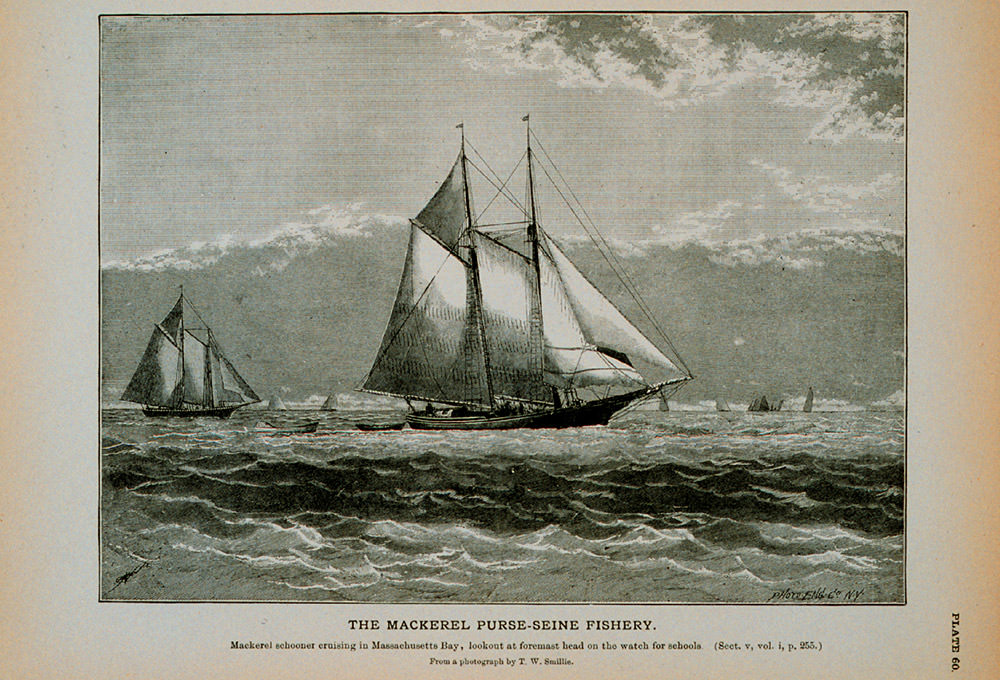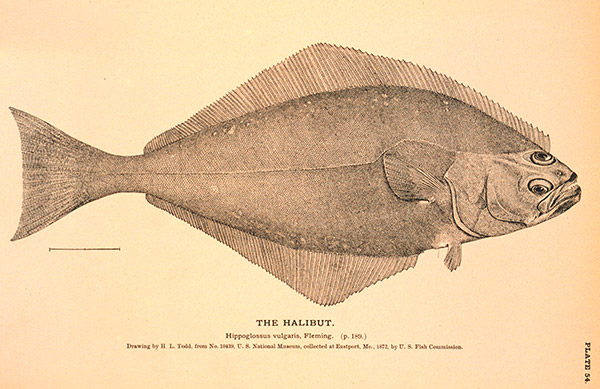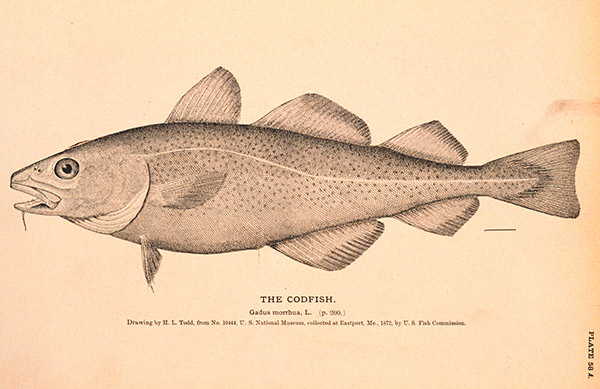History of Marine Animal Populations

The History of Marine Animal Populations (HMAP), a project of the University of New Hampshire made possible by NOAA funding, aims to improve our understanding of ecosystem dynamics, specifically with regard to long-term changes in stock abundance, the ecological impact of large-scale harvesting by man, and the role of marine resources in the historical development of human society. HMAP integrates marine ecology, history, and paleo-ecology and uses data from a variety of unique sources, such as colonial fisheries and monastic records, modern fisheries statistics, ship logs, tax documents, sediment cores, and other environmental records, to piece together changes in specific populations throughout history.


The researchers looked at New England fishing for their Stellwagen Bank Marine Historical Ecology Final Report (a part of the Gulf of Maine Cod Project). Their findings indicate:
- Nearshore and microbank fish populations were significantly deteriorated by 1800;
- Top predators in the sanctuary, such as halibut and swordfish, were overfished to near extirpation by the late 19th and early 20th centuries;
- A steady decline in the trophic level of commercial species began in the early 1900s with the advent of steam-powered bottom trawling;
- The composition of catch has shifted over time toward exploitation of lower-level trophic animals;
- The diversity of bottom-dwelling species in the western Gulf of Maine appears to have declined significantly from about 1900 to 2000;
- The maximum annual catch levels of historically-important commercial species in the sanctuary have declined by nearly 50% from approximately 1900 to 2000; and
- Proportional catch ratios of haddock and cod in the sanctuary inverted in the last 100 years from 3:1 to 1:7, signaling resurgence in cod but a precipitous decline in haddock catches (although present surveys indicate that cod are now overfished and haddock have rebounded).

